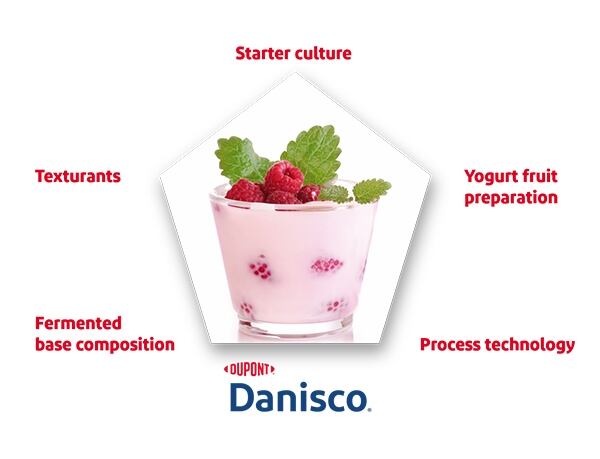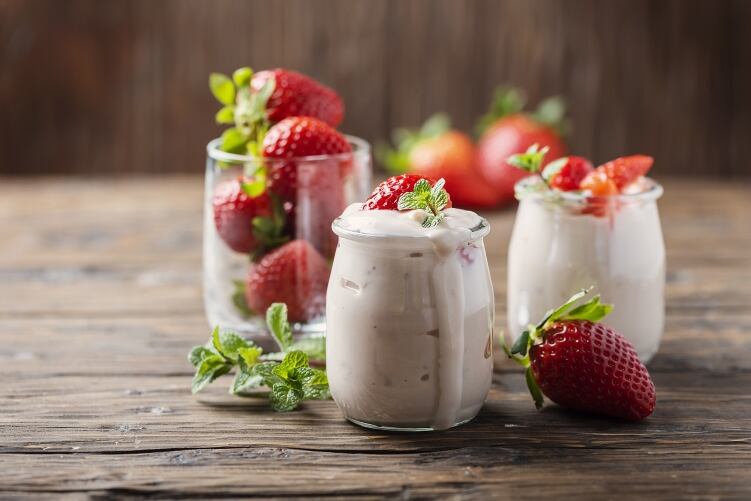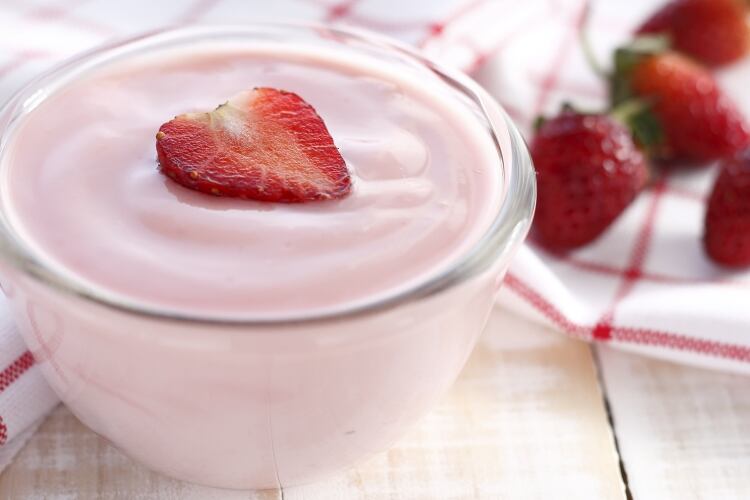Artificial sweeteners were the go-to solution when sugar became the devil to avoid in dairy and other everyday foods. Dairy companies have worked hard to keep yogurt labels clean, natural and simple ever since – quite a task with consumers still expecting an experience that is as richly satisfying as ever.
Fortunately, according to Kirsten Lauridsen, principal dairy application specialist at DuPont Nutrition & Biosciences, there is a smarter way to match market trends than by replacing one ingredient with another. It comes down to looking at existing recipes and processes and doing some well-targeted fine-tuning.
Of course, it is well known that artificial sweeteners can never be a one to one substitute for added sugar in yogurt, Lauridsen said. Due to their intensive sweetness, they cannot come anywhere close to replacing the bulk of the sugar that is taken out. So, there has always been a need to make several adjustments to get the recipe in balance.
Lauridsen said sugar reduction and clean label are two of the most common requests from dairy manufacturers who seek help with product reformulation. Increasingly, she said, manufacturers don’t want to use artificial sweeteners at all.
“Some products have contained up to 14% sugar, equivalent to more than five cubes of sugar in a 150g pot. If you take 4 to 6% of dry matter in the form of sugar out of the formulation, it’s not surprising that you need to compensate for the impact on texture. Right now, we can see a trend towards milder flavors and higher texture in the yogurt category – so that adds an extra dimension to the challenge.”
Five key parameters
When manufacturers ask for assistance, Lauridsen said she finds her ‘pentagon model.’ Each of the five points represents a key recipe and process parameter. All of them, she said, are essential to cutting successfully down on sugar.

To start with, there’s the composition of the yogurt’s fermented base and its natural content of the milk sugar lactose. Recent years have seen the development of lactase technology that can split lactose into its two component parts – glucose and galactose. That’s not just a benefit for consumers who are lactose intolerant. It also doubles the sweetness.
“This is the perfect tool for cutting added sugar without resorting to an artificial sweetener. Using lactase, it is possible to adjust sweetness up or down, depending on whether lactose is partially or completely eliminated,” Lauridsen said.
Texture from within
Another point on the pentagon is the starter culture. To meet the demand for mild-tasting yogurts, manufacturers need a culture with a low tendency to post-acidification. Texture building is down to the ability of the culture to produce exopolysaccharides – an important functionality that goes some way to replacing the texture lost when sugar is removed, Lauridsen said.
Texture can be further enhanced by adjusting the yogurt process, specifically the heat treatment of yogurt milk and the temperature of the yogurt when filled into pots.
Lauridsen explained, “The simplest adjustment is to treat the yogurt milk at a higher temperature, which results in greater denaturation of the whey proteins and adds viscosity to the base. When it comes to filling, the standard temperature is 12°C to 18°C as this allows faster distribution. However, if storage capacity allows, filling at 24°C followed by slow cooling will give texture an extra boost.”
Focus on the fruit
While texturizing ingredients such as pectin are routinely added to the yogurt white mass in some markets, others prefer to leave them out. But pectin is commonly accepted in yogurt fruit preparations, where there are more opportunities to add viscosity or limit sugar addition.
A kitchen cupboard ingredient, pectin is widely recognized as a natural gelling agent in yogurt fruit. The pectin drives the fruit preparation’s reactions with the yogurt, enabling further texture adjustment. Blends of naturally sweet fruits – for example, mango, banana and pear – provide another opportunity to take out added sugar.
As the world looks forward to moving beyond the COVID-19 pandemic, the demand for affordable and healthier foods is likely to bring more requests for help with yogurt formulations. Years of experience have taught Lauridsen that the pentagon model will help solve these challenges, too.
“We always go round the pentagon and look at what can be done to get the best result. Regardless of what the customer wants, these five parameters nearly always point us in the right direction,” Lauridsen said.




